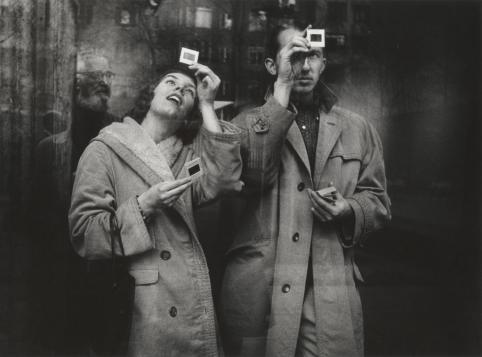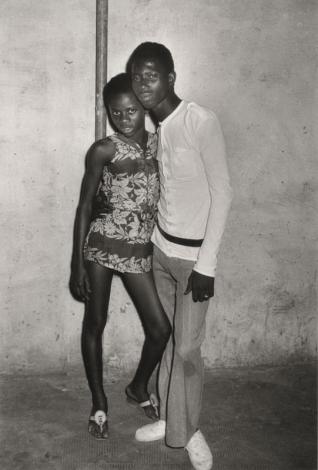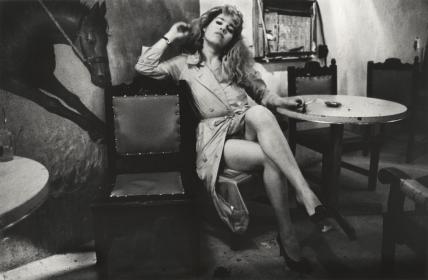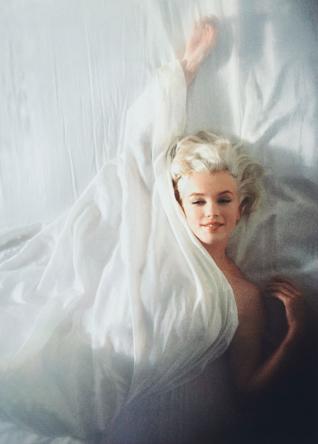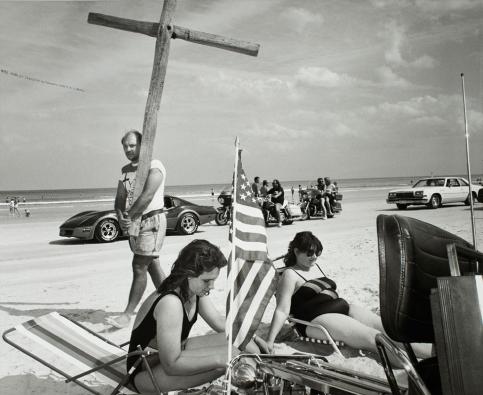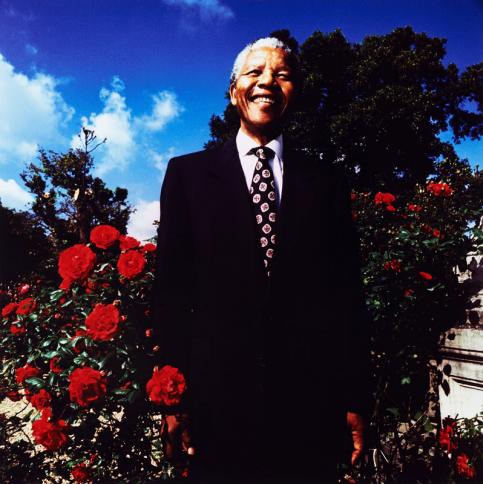By making in-store photographic exhibitions an integral part of its camera and photographic equipment sales, the Fnac constituted an exceptional collection of up to one thousand eight hundred prints including work by Robert Doisneau, Edouard Boubat, Malick Sidibé, Antoine D’Agata and Martin Parr. This collection was exhibited at a time when photography was rarely shown in museums and it raised awareness among the general public of photographic expression.
The musée Nicéphore Niépce is currently hosting the collection on a long-term loan and is holding the first exhibition of over fifty images.
Since it was set up in 1954, the Fnac has given great importance to photography: selling cameras, organising photography competitions for clients, establishing photo galleries as early as 1966... Travelling exhibitions, meetings with photographers and publishing turned the store into a major player in the photography world. This policy was consolidated in1978 with the constitution of a real in-house collection. By supporting photography, the Fnac took the initiative to show an art form to the public that previously had little exposure and legitimacy.
The collection covers various fields in photography. Most of the major currents are represented: war photography, 1930’s avant-garde, fashion photography… The obligatory trip through poetic post-war Paris expressed thought he reassuring presence of the French humanists with the main figures of Robert Doisneau, Willy Ronis, Edouard Boubat.
The presence of numerous photo-reporters bears witness to the Fnac’s will to reflect current and recent affairs: apartheid as seen by Abbas, the Sandinistas covered by Susan Meiselas, portraits of Che Guevara by René Burri, anti-Vietnam war demonstrations shot by Benedict Fernandez ... The world opened up in the eyes of the public, as yet unused to seeing photography on show. The wanderings of an Antoine d’Agata to the borders of Mexico side by side with Malick Sidibé’s joyous parties in Bamako.
As the top store for all cultural products, the Fnac was almost obliged to take an interest in images linked to music, cinema and literature: Marilyn Monroe by Douglas Kirkland, Ingrid Bergman by David Seymour, Anita Ekberg on the set of La Dolce Vita
, a young Truman Capote immortalised by Henri Cartier-Bresson, William S. Burroughs as seen by Gérard Malanga, record keeper of the New York underground scene … Through these portraits of legendary actors and writers presented in the in-store galleries, the Fnac sent a clear, somewhat subliminal message to the public, sending them back to the store’s well-stocked shelves. This disinterested policy of exhibitions open to all definitely also had commercial advantages. Nevertheless, its main merit came from the way it educated the eye of the masses, of people who perhaps may not have been museum-goers.
The collection is on long-term loan to the musée Nicéphore Niépce, and it includes almost one thousand eight hundred images that reflect an artistic discipline in all its diversity. This exhibition offers a preliminary reading based on certain icons of photography since the 1950s.
